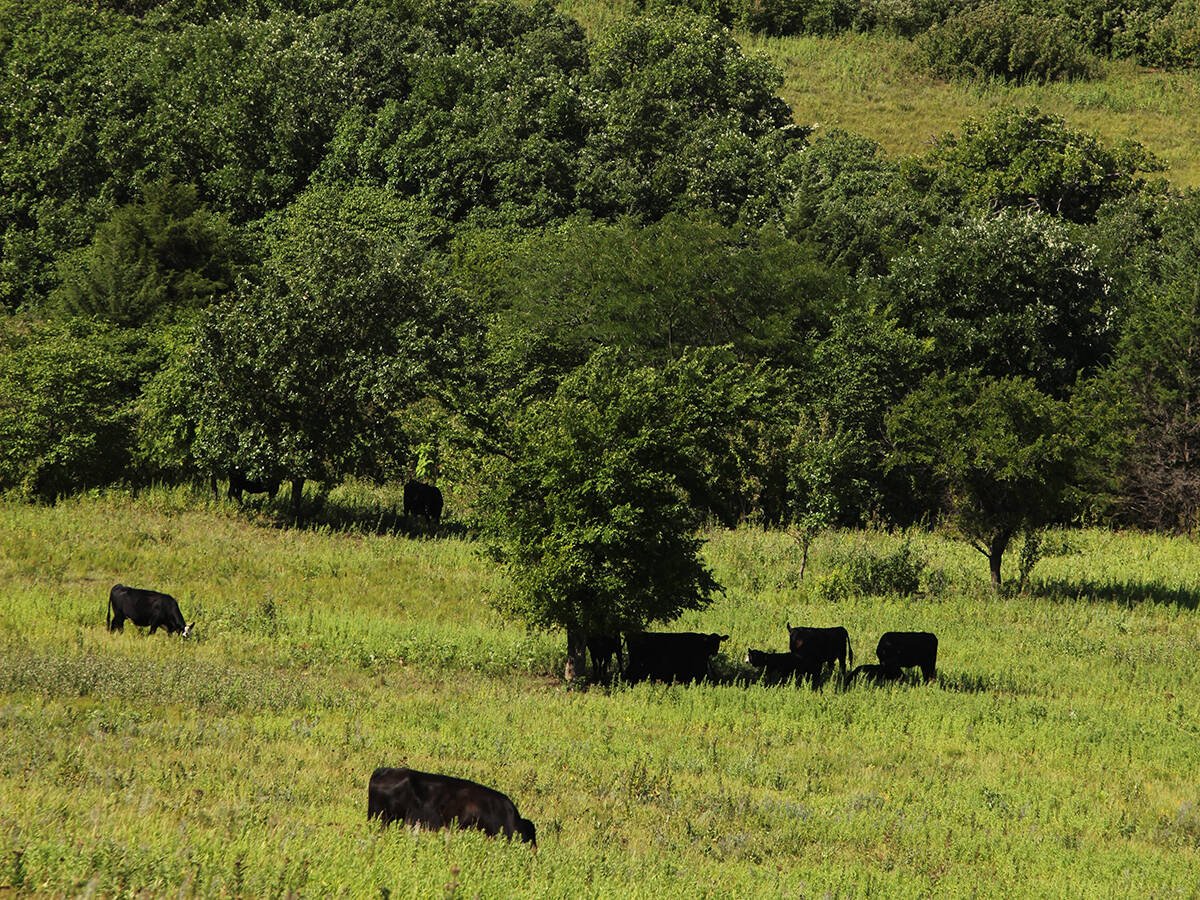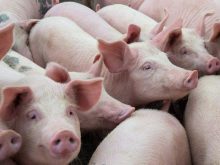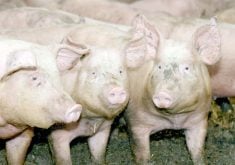A genetic condition that results in stillborn, deformed calves has been discovered in the Angus herd.
Known as curly calf syndrome, or arthrogryposis, the condition was first reported by Angus breeders more than a year ago in the United States. It has not occurred in Canada but the situation is being monitored, said a spokesperson for the Canadian Angus Association.
About 50 cases have been reported. The calves are stillborn with fixed leg joints, severe twisting of the spine, lack of muscle development and a body weight about half of normal – 15 to 20 kilograms. Most are full term calves with erupted teeth and open eyelids. Some cases also have cleft palate.
Read Also

Beef cattle more prone to trace mineral deficiencies
The trace mineral status of our cows and calves is a significant challenge for western Canadian producers and veterinarians.
Causes may include toxic plants ingested by pregnant cows or viral infections, but genetics is probably the main culprit.
“As we have been able to identify some unique characteristics in the abnormalities these calves had at birth and tied it together, it looks like it is genetic in nature,” said Bill Bowman of the American Angus Association.
“It evolved fairly quickly in the last couple months to the point where we now have a preliminary test and hopefully in the next 30 to 60 days we will have a commercial test for producers to identify the animals that are carriers of the abnormality,” he said.
The common denominator appears to be a bull born in 1990 named GAR Precision 1680.
DNA tests were run on bulls at artificial insemination companies to determine which descendents might be carriers. A list of these bulls appears on the American Angus website at www.angus.org.
“This was a case where the bull was especially popular because he did a lot of things that were very economically relevant to the industry,” Bowman said.
“You saw people who may have been stacking those genetics in a pedigree multiple times, so you tend to identify and concentrate the good genes and if there is a problem, you also get those expressed.”
The condition appears to be a recessive trait. Similar abnormalities have been reported in other breeds in the past.















